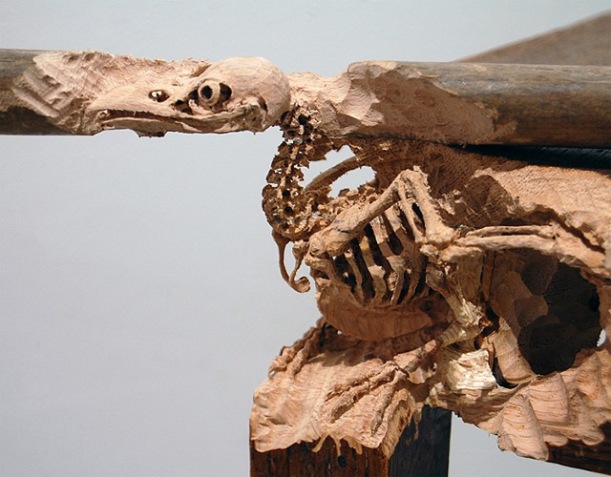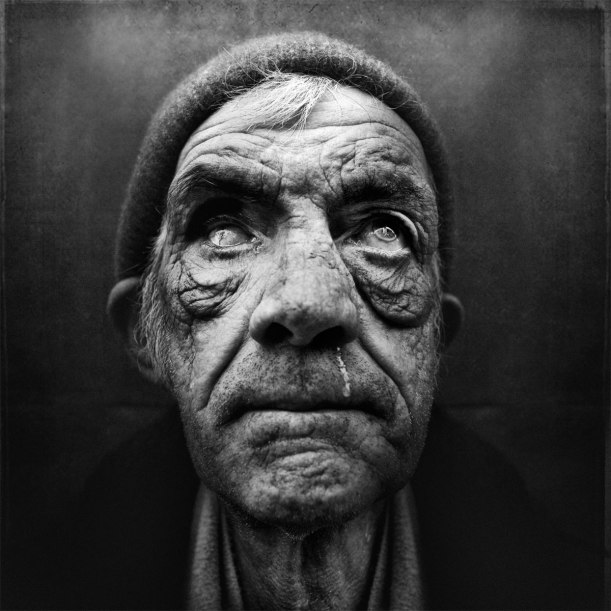Our essays over the half term is to write about three different artists and describe their rolls in art/society: Sculptors, craftspeople and designers.
500 words each
Describe tools, materials, techniques and processes that they use.
How do their jobs vary from one another?
Graphic Designer
Graphic design is a sub-category of design that has only come into play in the last
For example:
Peter Saville is a Mancunian graphic designer, born in 1955.
Graphic designers are mainly involved in the business of communication and marketing. The art work/images they produce are used to deliver messages to the general public of consumers. Their job is to sell products, and that requires a unique skill. It means they need knowledge in marketing , technical support. Use of simple, memorable designs to help sell and resemble a person/product. They require an all round understanding of what the client and the audience want to see.
Graphic designers are believed to be the largest occupation among art and design occupations. And there is still an ever growing
Therefore graphic design is unlike many other art forms as it is constantly changing with ever more complex/ modern technology, as a buisness they are in high demand for advertisement, web design and they basically mould the audiences view through propaganda.
A renowned designer from Segmester & Walsh, Stefan Sagmeister, said alot of thought provoking things about graphic design in his short film interview with Juxtapoz Magazine.
‘We haven’t made something in years that hasnt been touched by digital technolog’
Sagmeister talked about the event of modernism 100 years ago, when people decided the machine made should be brought to the foreground of design due the printing possibilities available at the time. This still works in design and architecture.
The role of graphic design in international development study (written by Sali Sasaki ’08) shows how graphic designers have become more interested and sensitive to world issues within the last 28 years. A constantly changing and developing area of art which influences our views on events/products massively.
Statistics of primary
Craftsperson
A craftsperson is someone who is skilled at creating things by hand. These can be for functional purposes or just decorative.
Ancestor Leathercrafts, who pride themselves on their traditional skills and contemporary ideas, developed their hand carved, hand dyed leather with ‘over a decade of crafting.’. Creators – Mark & Jez Hunt
Leather has been a very important role throughout the development of civilisation. From prehistoric times man has used the skins of animals for clothing, shelter carpets and probably even for decorative use. This developed into footwear, belts, containers for liquids and waterproof lining for boats. Leather is still being used for a lot of these trades now, and has developed into more efficient/stylish designs. This being said, it is also being replaced by other matierals like plastics and synthetic leathers.
In the past a leather craftsman would have pride in his good, sturdy work. Where as now things are built to break.
designed for a purpose
How you carve,
What this gives to society/links into general lives. – Shoes, bags, accessories
This is somewhat like graphic design in the sense that the majority of leather products are built for a cause.
Leather craft terms:
Back. A side with the belly cut off, usually 15 – 18 sq.ft.
Belly. The lower part of a side, usually 4 – 8 sq.ft.
Kip. The skin of a large calf, usually 9 – 17 sq.ft.
Split. This refers to the undersection of a piece of leather that has been split into two or more thicknesses. Splits are usually embossed with a design or sueded.
Suede. Leather that has been sanded to produce a nap.
Grain. The epidermis or outer layer of animal skins.
Full Grain. Leather that is just as it was when taken off of the animal. Only the hair has been removed and the grain or epidermis is left on.
Top Grain. Top grain leather has often been sanded to remove scars and then sprayed or pasted to “cover up” the work. Top Grain IS NOT the same as “Full Grain” leather.
I found this list of terminology at ‘Simply Leather’.
The role of a leather craftsman has changed dramatically. In the past it was a skill that was treasured and needed in the society for a variety
A sculptor:
Sculpting factors into many areas of art and design. Because you have to design something before sculpting, and you can sculpt things to create a design.
Michelangelo (1475 – 1564) dominated European art until.
(To be continued….)















